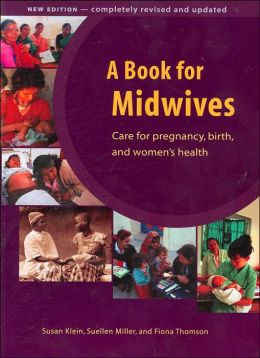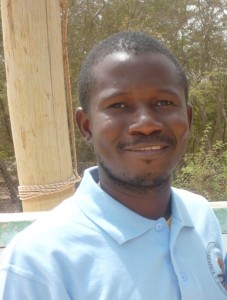This post is the first in a series of “FAQs,” or frequently-asked questions about the project.
People often ask us, “Who is the intended audience for the book?” From our perspective, there are two main answers to this question. The first audience we have in mind are community health workers who are working in cities and villages in Mali. In Mali, there are rural health clinics called Centres de Santé Communautaire, or CSCOMs. The level of staffing at CSCOMs varies widely, with some headed by doctors or nurses. Others are headed by Agents de Santé Communautaire, or by volunteers called relais. These volunteers often have not completed high school, have little formal training, and many do not speak French well. We believe that will be a big help to these individuals to have access to accurate, up-to-date information in their native language.
Beyond this, the book is intended for anyone who cares about the health of their family or community. Here is an excerpt from the English-language edition of Where There is No Doctor:
This is more than a book on first aid. It covers a wide range of things that affect the health of people from diarrhea to tuberculosis, from helpful and harmful home remedies to the cautious use of modern medicines. Special importance is placed on cleanliness, a healthy diet, and vaccinations. The book also covers in detail both childbirth and family planning. Not only does it help readers realize what they can do for themselves, but it helps them recognize which problems need the attention of an experienced health worker.
This new revised edition includes updated information about malaria, TB, sexually transmitted infections, drug addiction, HIV and AIDs including antiretroviral therapy, and many other topics.
THIS BOOK IS FOR…
THE VILLAGER who lives far from medical centers. It explains in simple words and drawings what he can do to prevent, recognize, and treat many common sicknesses.
THE VILLAGE STOREKEEPER OR PHARMACIST who sells medicines and health care supplies. The book explains which medicines are most useful for specific sicknesses and warns against ones that are useless or dangerous. Risks and precautions are carefully explained. Guidelines are given for the sensible use of both traditional and modern medicines.
THE TEACHER in a rural school. The book will help her give practical advice and care to the sick and injured. It also gives guidelines for teaching children and adults in her community about the problems of health, cleanliness, and nutrition.
THE VILLAGE HEALTH WORKER, or anyone who is concerned about the health and well-being of those in her community. An introductory section for the village health worker discusses ways to determine needs, share knowledge, and involve the community in activities that can better people’s health.
MOTHERS AND MIDWIVES will find useful the clear, easy-to-understand information for home birth, care of the mother, and child health.






